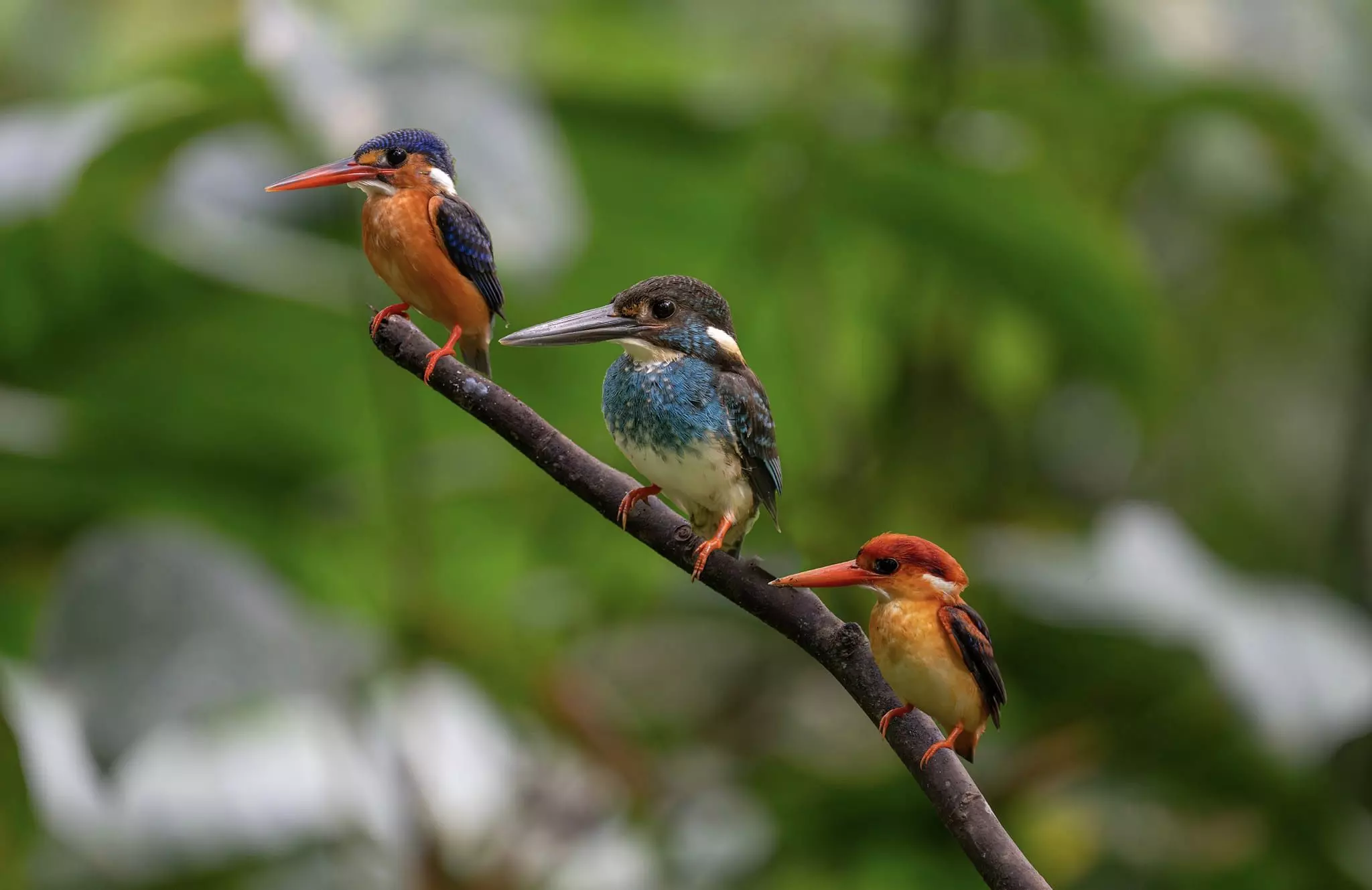Bird's stress could spread in group, affecting activity, behaviour of those not stressed: Study
With habitats changing rapidly due to urbanisation and climate change, animals are increasingly exposed to stress
By Newsmeter Network
Representational Image.
New Delhi: An individual bird's stress could be contagious, with other non-stressed birds displaying lower levels of activity, meaning that they possibly "explore their environment less" or limit movement, according to a study that explored the social effects of a stressed bird.
With habitats changing rapidly due to urbanisation and climate change, animals are increasingly exposed to stress.
However, little research has shown how an individual's stress levels affect the group, including behaviour of other members who may not be experiencing stress themselves, said researchers at the University of Konstanz, Germany.
For the study, published in the journal Proceedings of the Royal Society B Biological Sciences, the researchers looked at 96 zebra finches, which are native to countries such as Australia and Indonesia.
The birds were kept in four separate groups -- 12 females and males each -- for six months prior to the study.
Birds had ample time to form pairs and most pairs had bred before, the researchers said.
Over three rounds of experiments, each lasting four weeks, some members of the groups were exposed to disruptions of differing nature -- such as being restrained, cage disturbances or loud music -- thereby causing stress to the birds.
The researchers measured levels of the stress hormone 'corticosterone' in the birds' tail feathers in addition to recording the behavioural responses on cameras.
The social environment was found to impact both activity and behaviour of the zebra finches that were not exposed to stress, with the non-stressed birds responding in a way similar to the stressed ones.
"Our experiments show that stress responses can spread beyond individuals to other members of their social group, even to those who are not exposed to stress themselves," said co-author Hanja Brandl, a behavioural biologist at the University of Konstanz.
"In groups where a larger proportion of birds experiences stress, we observed this effect even more strongly," she said.
The researchers also found that unexposed birds in groups, with more numbers experiencing stress, moved less.
"For birds in the wild, this reduced level of activity could, for example, mean that they explore their environment less and limit their range of movement, which, in turn, means that they could have access to fewer resources," Brandl said.
The study also showed that the presence of stressed birds changed how other group members behaved socially. Individual birds not exposed to stress were seen to maintain fewer social bonds and rely more heavily on existing relationships.
"This means that stress in a group could impact its social cohesion. At the same time, a reduction in weak social ties would, in turn, reduce the risk of stress transmission," said co-author Damien Farine, now at Australian National University.
Thus, stress transmission or the spread of stress in a social group can have profound effects on both the dynamics of social groups as well as the fitness of individual members, the researchers said.
"Non-manipulated individuals in colonies containing stress-exposed individuals exhibited reduced activity, and fewer — but more differentiated — social bonds," the authors wrote.
"These effects were stronger in colonies with a greater proportion of stress-treated individuals, demonstrating that the impact of stressors can reach beyond directly exposed individuals by also affecting their group mates," they wrote.
Inputs from PTI.